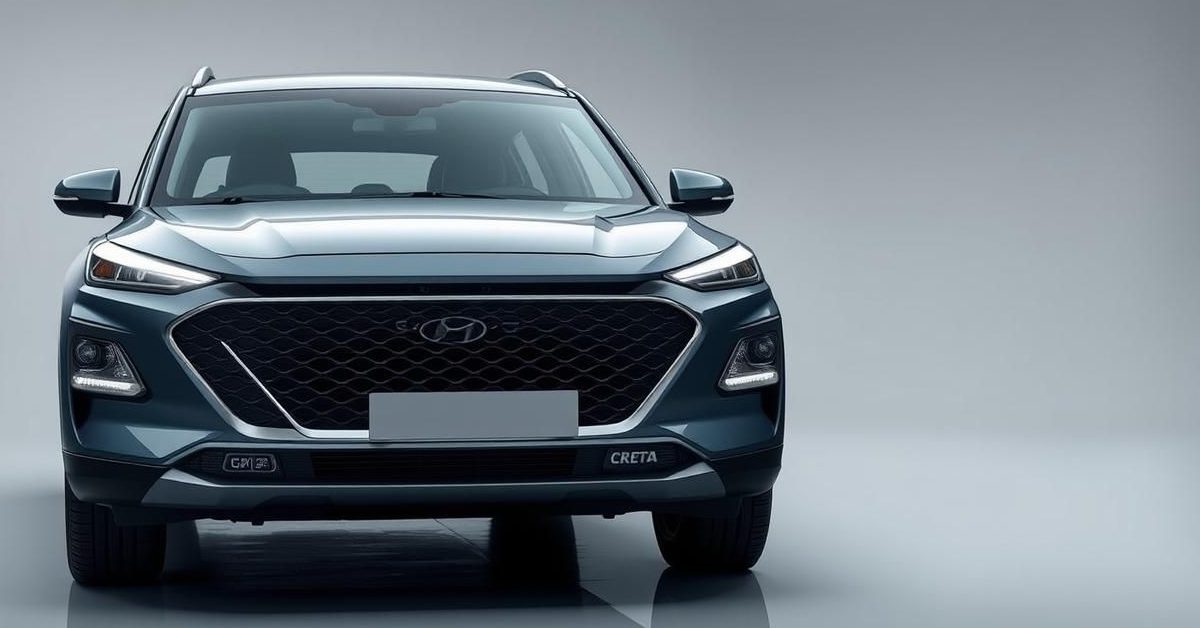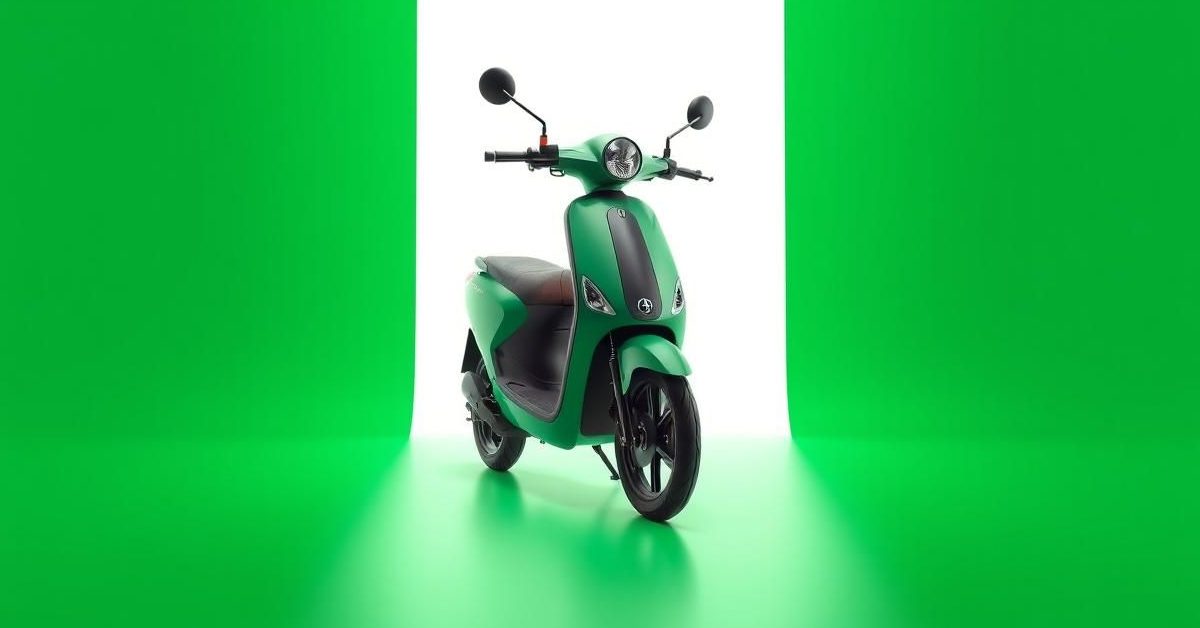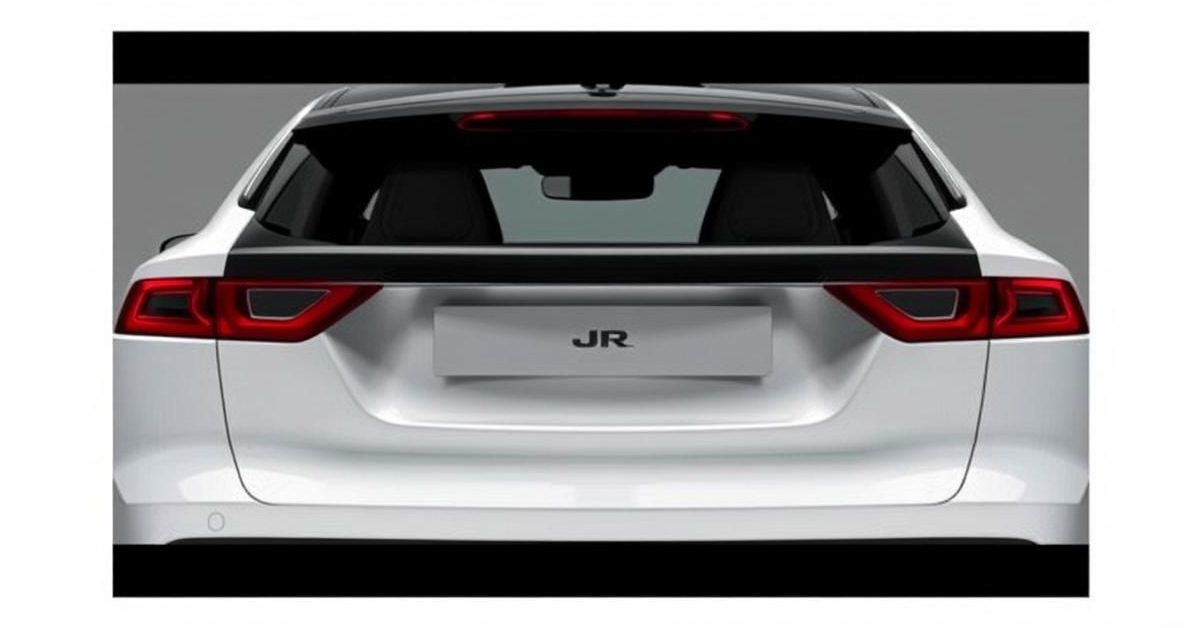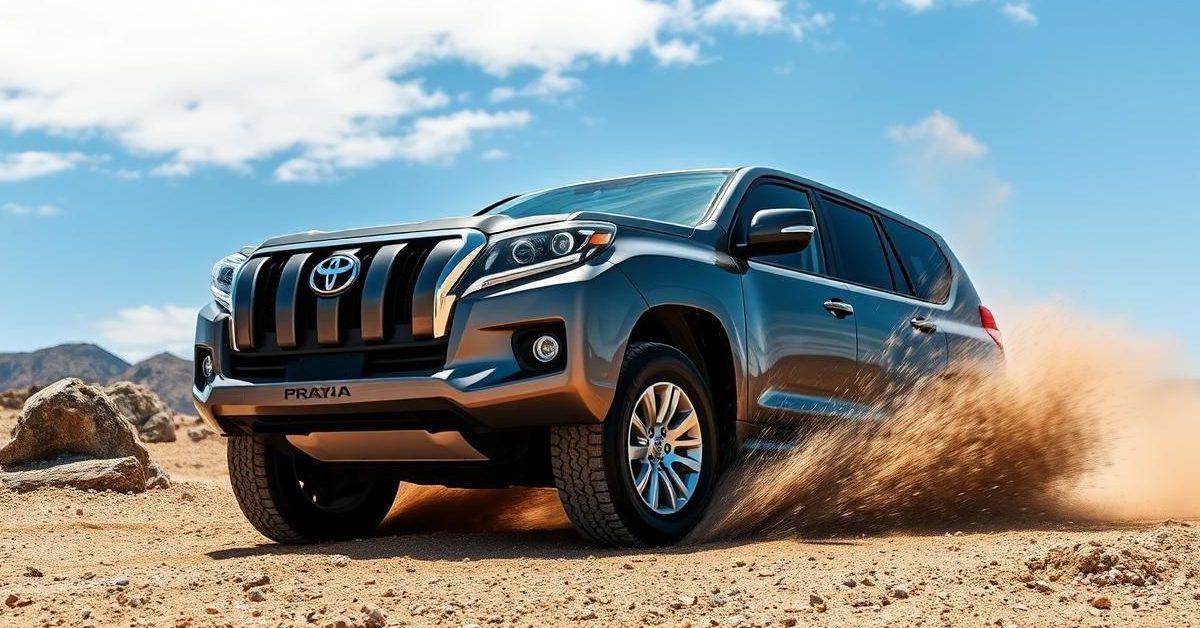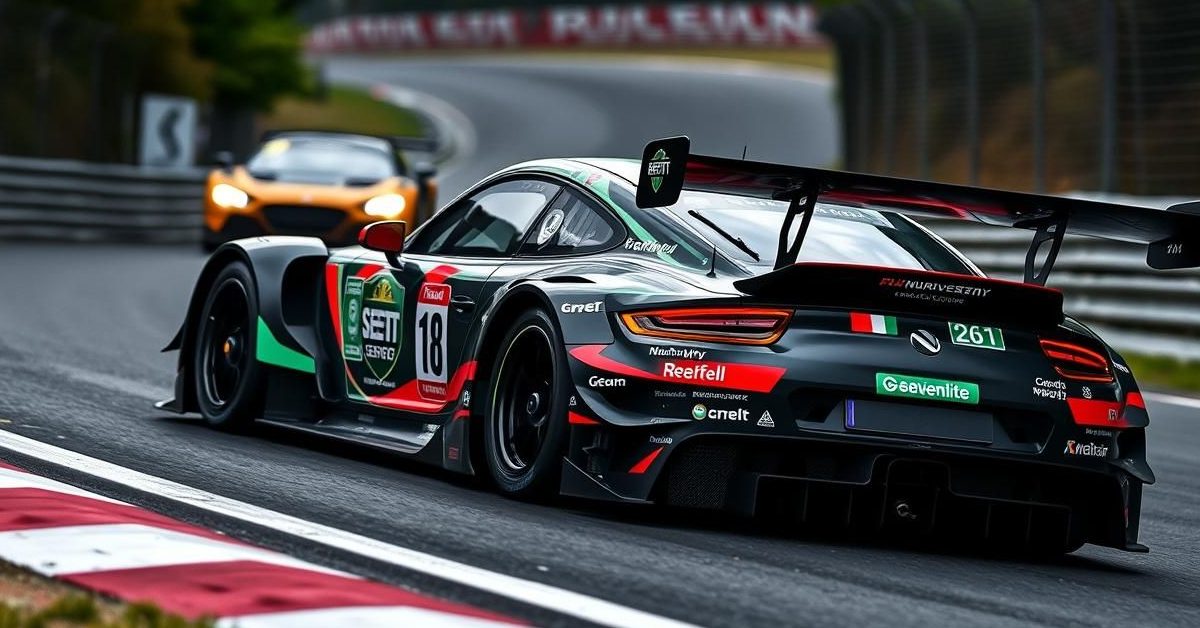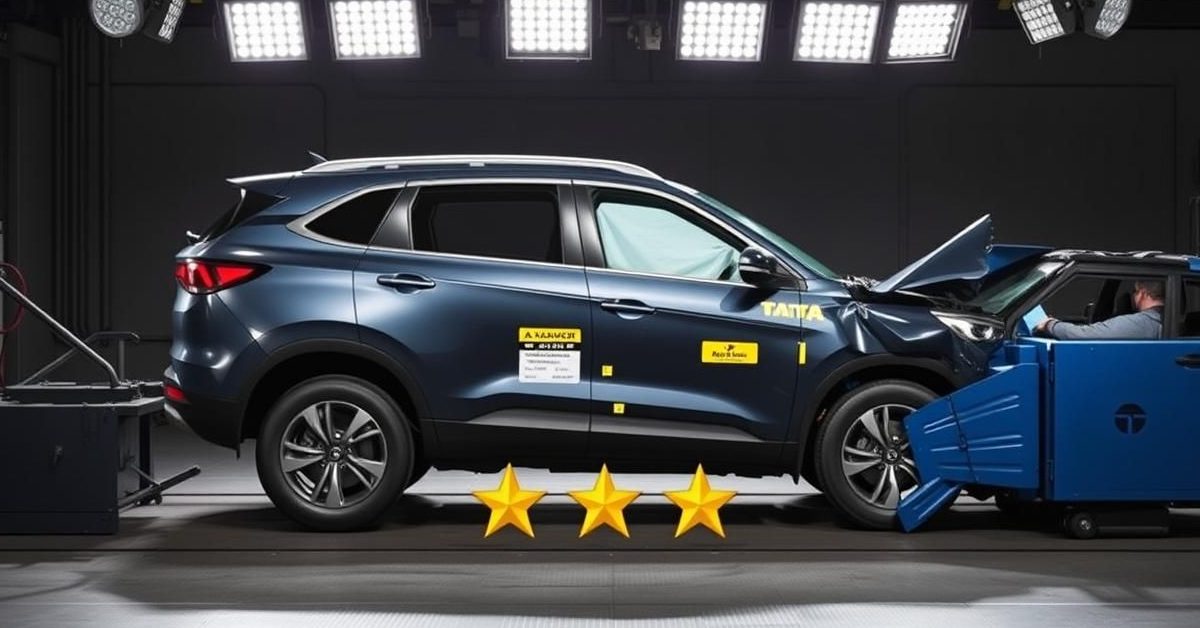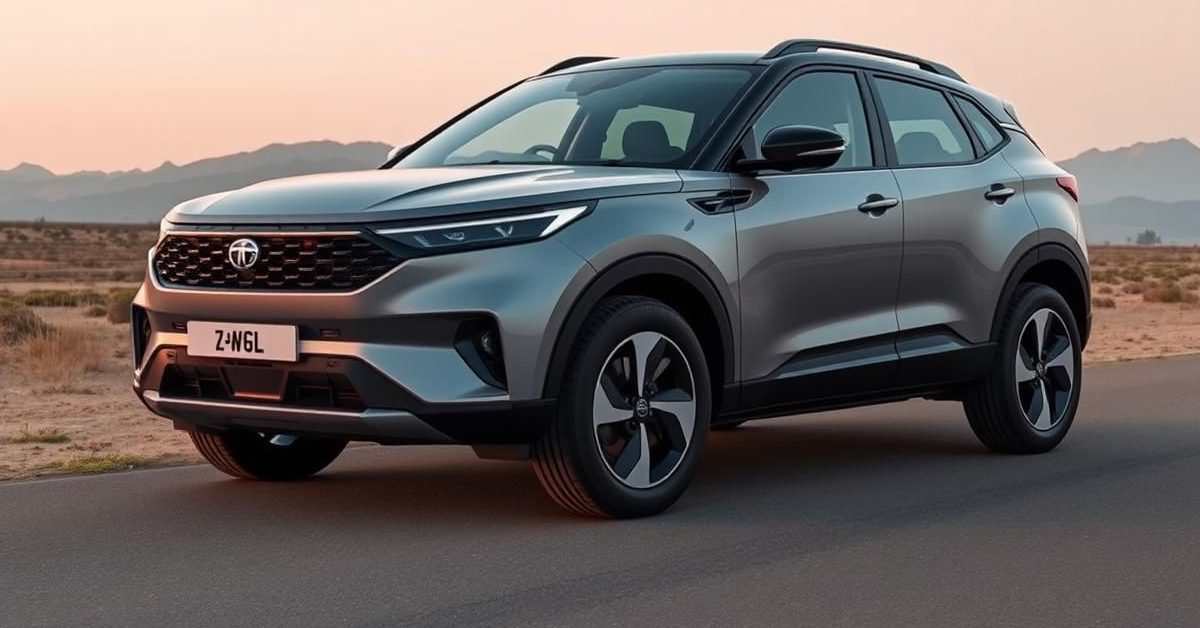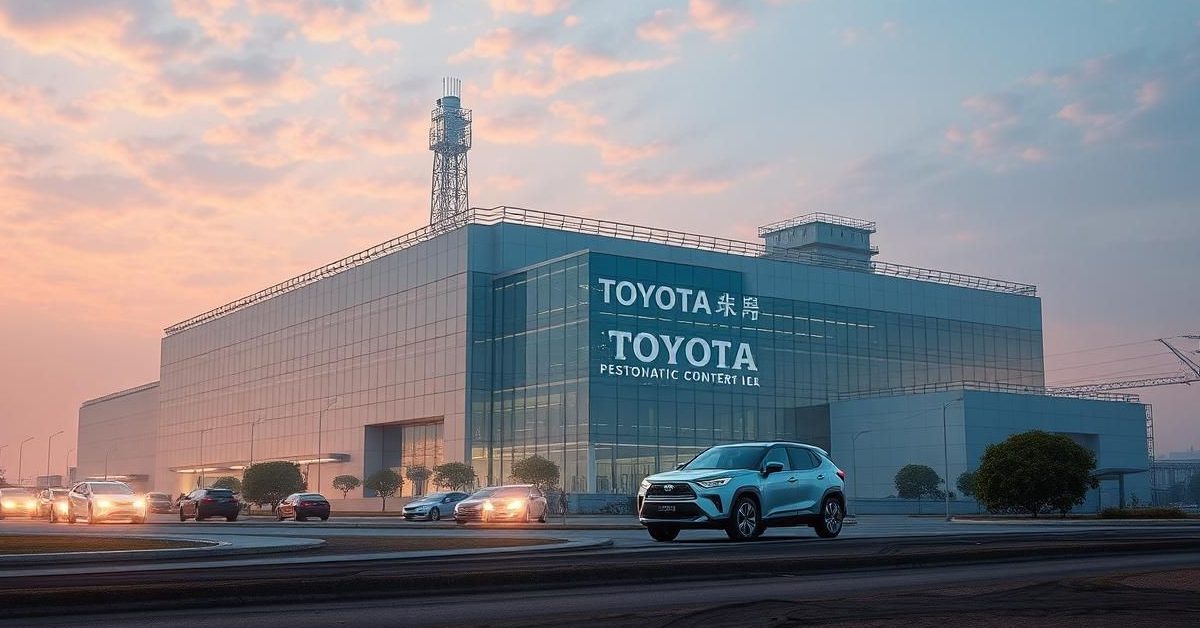The Electrifying Future: Next-Gen Hyundai Creta Embraces Hybrid Power
The Hyundai Creta has long reigned supreme as a market leader in India’s fiercely competitive mid-size SUV segment, capturing the hearts of millions with its bold design, feature-packed interiors, and reliable performance. Now, the anticipation for its third-generation iteration, codenamed SX3, is reaching fever pitch. While details have slowly emerged, we can now confirm a pivotal development that signals a significant shift in Hyundai’s strategy: the upcoming 2027 Creta will offer a groundbreaking hybrid powertrain option, cementing its position as a future-ready contender in the automotive landscape.
This strategic move means that the beloved Hyundai Creta is poised to become even more versatile, presenting consumers with an unprecedented choice of four distinct engine options. From efficient petrol variants to a robust diesel workhorse, and now, a cutting-edge petrol-electric hybrid, the next-gen Creta is designed to cater to diverse driving needs and evolving market demands, particularly as environmental regulations tighten and fuel efficiency becomes paramount for Indian buyers.
Under the Hood: Deconstructing the Next-Gen Creta’s Hybrid Powertrain
At the heart of the forthcoming Hyundai Creta hybrid will be a sophisticated petrol-electric setup, centered around the proven 1.5-litre naturally aspirated four-cylinder petrol engine. This familiar engine, known for its smooth delivery, will be meticulously integrated with an electric motor and battery system to create a highly efficient and responsive hybrid system. This marks a significant technological leap for the Creta, promising enhanced fuel economy without compromising on the dynamic performance buyers have come to expect.
Alongside this innovative hybrid, the third-gen Creta will retain its popular current engine options: the peppy 115hp, 1.5-litre naturally aspirated petrol, the more spirited 160hp, 1.5-litre direct-injection turbo-petrol, and the frugal 116hp, 1.5-litre diesel. This comprehensive range ensures that whether a buyer prioritizes raw power, sheer efficiency, or a blend of both, there will be a Creta variant perfectly suited to their lifestyle.
A Shared Vision: The Kia Seltos Connection and Intense Market Rivalry
In a move that highlights the synergy within the Hyundai Motor Group, the Creta’s new hybrid powertrain will share its core technology with its corporate cousin, the Kia Seltos. This collaborative approach allows for optimized development costs and faster market deployment, benefiting both brands. When the Creta hybrid finally rolls onto Indian roads in 2027, it won’t be entering an empty playing field; the mid-size SUV segment will be brimming with formidable hybrid competitors.
Hyundai’s Creta hybrid will directly lock horns with established players like the highly successful Maruti Suzuki Grand Vitara and the Toyota Urban Cruiser Hyryder, both of which have already carved a niche in the hybrid space. Furthermore, the landscape will intensify with the anticipated arrival of the Renault Duster hybrid and its Nissan counterpart, promising a thrilling battle for market share. This fierce competition is excellent news for consumers, driving innovation and offering more choices in the burgeoning hybrid SUV segment.
The Electric Sibling: Hyundai Creta Electric’s Mid-Cycle Evolution
While the spotlight shines on the new hybrid, Hyundai isn’t forgetting its commitment to electrification. The Hyundai Creta Electric, which made its debut earlier this year, is also slated for an important update in 2027. Unlike the full model change planned for the ICE and hybrid Creta, the Creta Electric will undergo a strategic mid-cycle refresh. This indicates a focus on refining and enhancing the current electric platform rather than a complete overhaul, allowing Hyundai to incorporate the latest advancements swiftly.
Expect the Creta Electric facelift to arrive with a suite of exciting improvements. Design tweaks will likely give it a fresh, contemporary appeal, while significant enhancements in technology and creature comforts are anticipated, further elevating the in-cabin experience. Crucially, there’s a strong possibility of an extended range, achieved either through larger battery packs or more efficient battery management software, directly addressing one of the primary concerns for electric vehicle adopters in India.
Hyundai India’s Strategic Imperative: Driving Towards a Hybrid Future
Hyundai India’s aggressive foray into the hybrid segment is a meticulously calculated move, reflecting a profound understanding of the evolving automotive landscape and regulatory pressures. The company has articulated a clear product and platform strategy, specifically targeting the high-volume Rs 15 lakh to Rs 30 lakh SUV segment, where the Creta enjoys immense popularity. Recognising the current limitations in electric vehicle charging infrastructure across vast swathes of India, and simultaneously grappling with increasingly stringent CAFE (Corporate Average Fuel Economy) Phase 3 norms, hybrids present a compelling solution.
Hybrids offer a critical bridge technology, delivering significant fuel efficiency improvements and reduced emissions compared to traditional internal combustion engines, without requiring the extensive charging infrastructure of full EVs. This pragmatic approach allows Hyundai to meet regulatory targets, cater to consumer demand for greener yet convenient mobility, and scale its operations effectively for both domestic sales and burgeoning export markets. With the next-gen Creta hybrid, Hyundai is not just launching a new variant; it’s signalling a robust commitment to a sustainable and diversified future for the Indian automotive industry.
